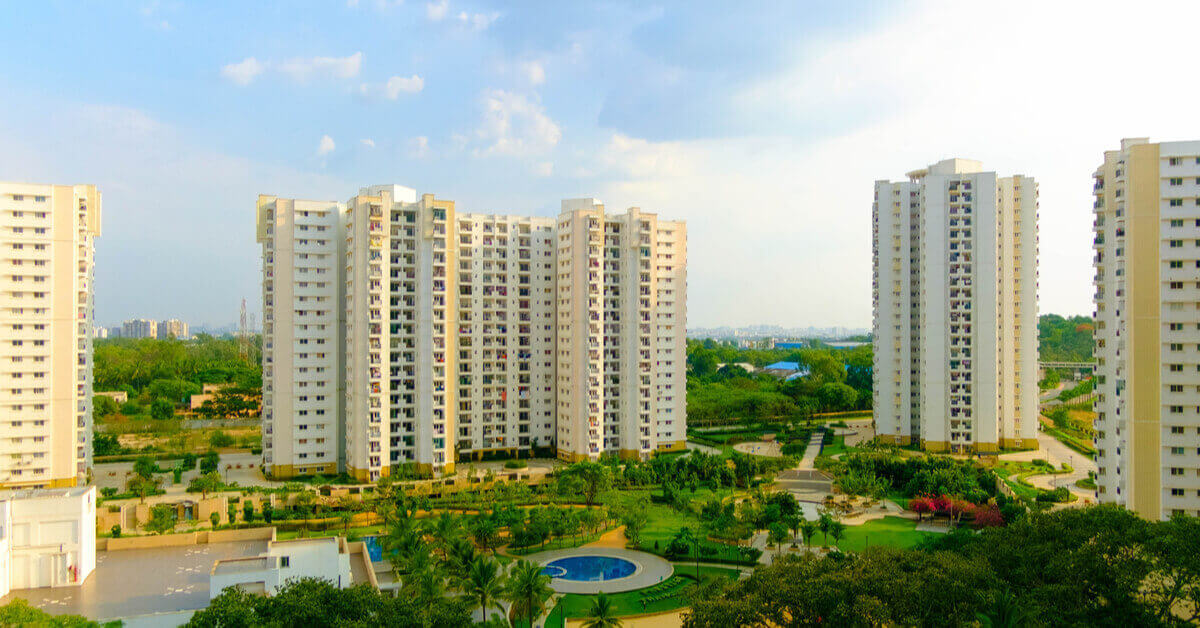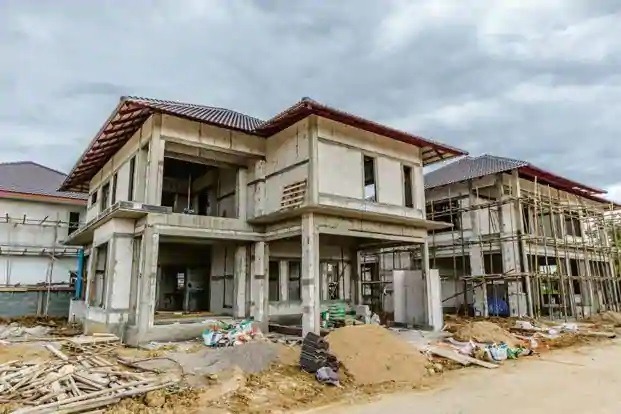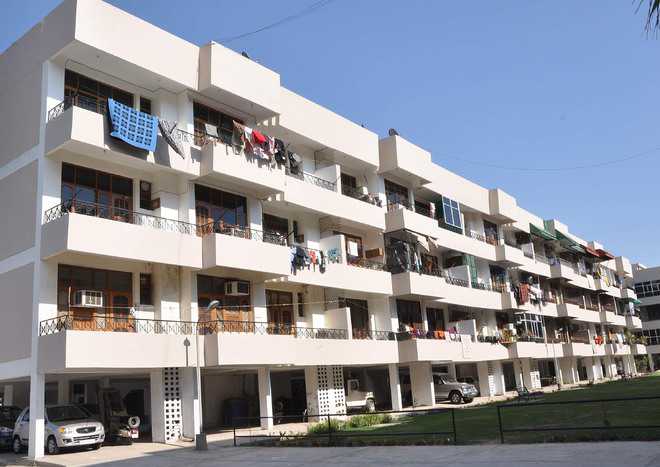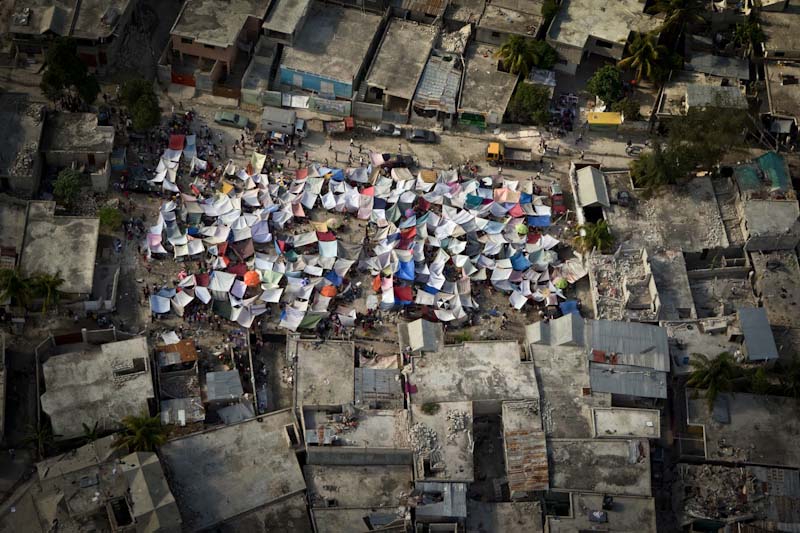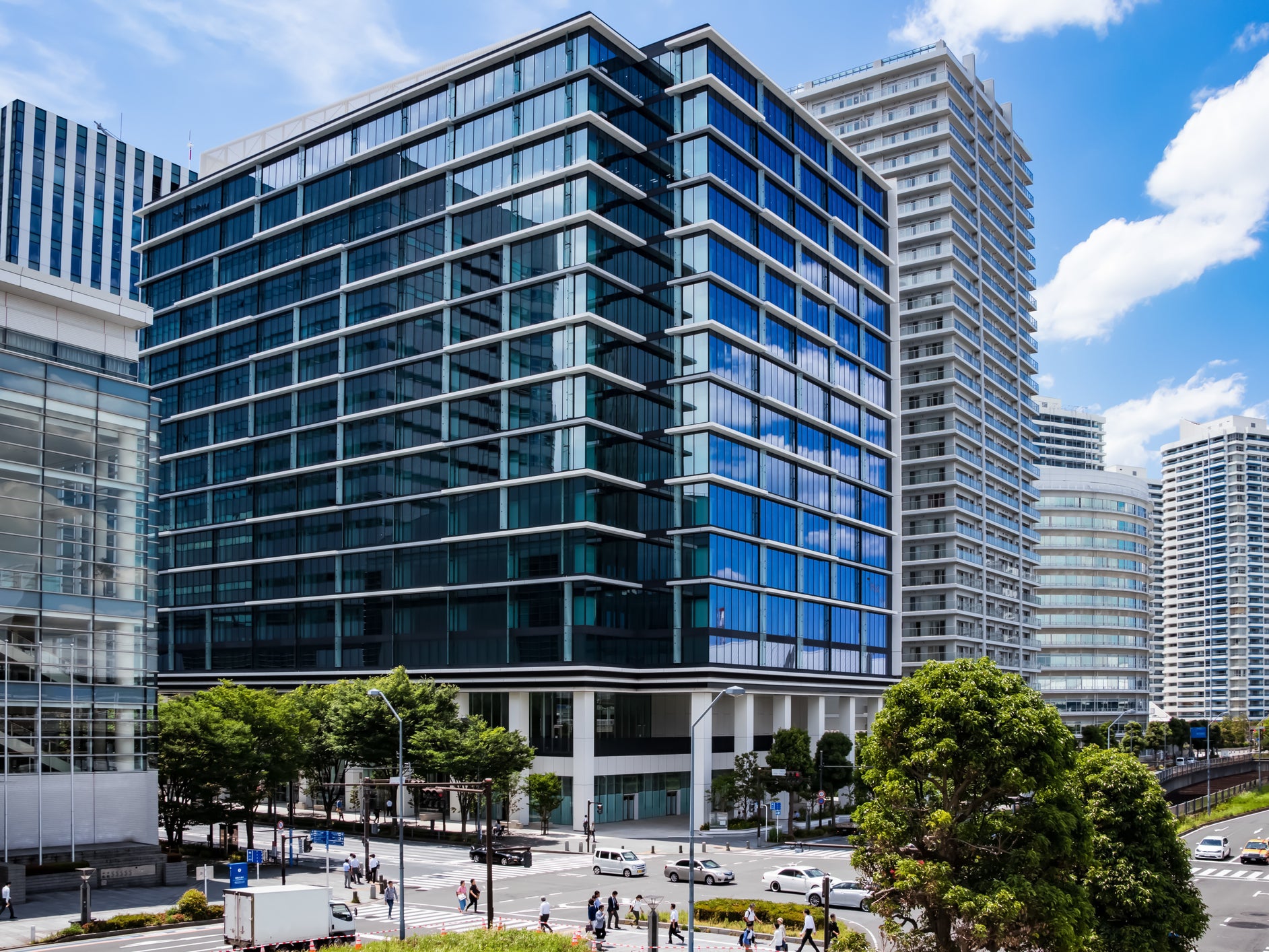Amidst the barren lands of the Bikaner desert, a dome stands tall as a symbol of hope and inspiration. Under the shade of a Banyan tree, people gather to share their stories and bring about a revolution in education. With a focus on modern designs, sustainability and community gatherings, Nokha Village Community Centre’s small initiative has already changed the lives of thousands of people in rural India.
When Sanjay Puri, a city-based architect, was asked by a client to create a memorial for their father, Late Padmaramji Kularia, they had yet to learn that their next design would serve as a community centre. And not just for one or two but 144 villages in Rajasthan, India. The Nokha Village Community Center stands tall in the desert region of Bikaner, creating the illusion of a peacock-feather-shaped oasis. Nestled amidst the sand dunes, the centre boasts a library, computer lab, and a multi-purpose hall for cultural events.
Nokha Village Community Centre: Reimagining Open-Courtyard Homes
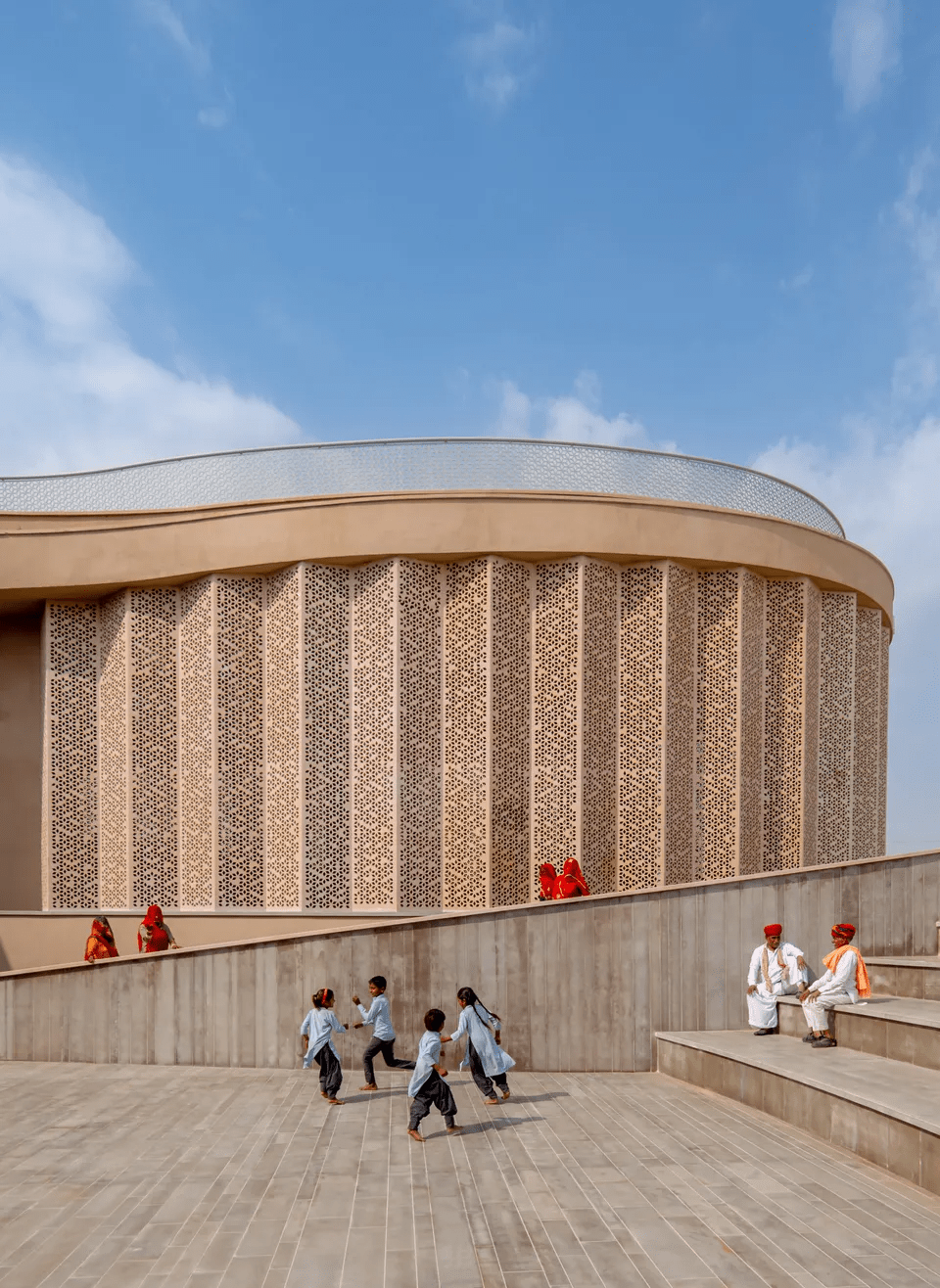
Image Source – Vogue India
This community centre, spanning almost 9000 square feet, is a unique monument. Soaring high with 9-metre-tall space swirls, this structure is the sole reminder of the villagers’ hopes and dreams for a better future for their young ones. It consists of a sweeping curvilinear design with an open courtyard in the North for communal gatherings. A library in the west, a museum celebrating every Rajasthan tradition in the South and a ramp leading up the green rooftop in the east. The central portion of this majestic and meaningful project acts as a community gathering space where 400 people come to talk, eat, discuss, play and study every day.
The building is designed in a completely sustainable and eco-friendly manner. Its green rooftop rises from the north-eastern side and creates a loop in the west direction, providing a majestic view of the far-away deserts. This spiral, which has two varying slopes, helps create an amphitheatre in the middle where residents can hold gatherings or conduct musical events, plays, community get-togethers, etc.
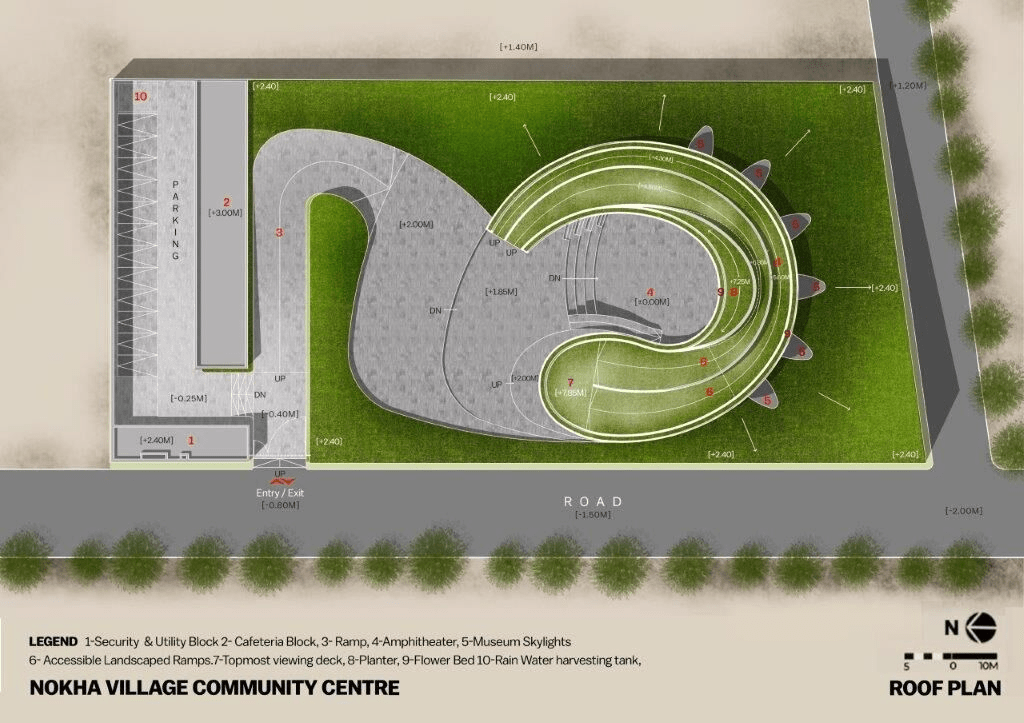
Image Source – Archello
Under the lower-east garden, people can see a gorgeous museum, while the high-western garden shelters a digital library and children’s study area. If you are in the mood, you can also spend some quality time in the meditation room or sit comfortably in the foyer. The building blurs the inside and outside boundaries, taking inspiration from open courtyards in Indian houses. Though the centre has a footprint of only 9000 square feet, it boasts a 27,000-square-foot-long amphitheatre created by smart design.
Playing With the Sun

Image Source – Vogue India
Nokha Village Community Centre stirs the memories of extended childhood summers when a mother’s special Nimbu Paani was enough to beat the harsh heat.
The architectural marvel of this spiral-shaped building is beyond words. Every corner of the community centre was planned considering the scorching desert blaze. With Bikaner’s temperatures rising to 35 and 40 degrees annually, architect Sanjay Puri used the ancient Indian sandstone screening on the southern side. Thus, providing decorative geometric jali walls and overall protection from extreme heat. The rooftop garden, surrounded by greenery, protects the building from overheating. Traditional materials, such as reinforced concrete frames and lime plaster finishes, enhance the community centre’s aesthetic appeal. However, their main aim is to protect the walls from being damaged due to the heat.
Similar architecture can be seen in the Amer Fort and Hawa Mahal of Jaipur, which use small jharokhas, lime plaster and red sandstone to beat the heat, providing a natural cooling effect.
Shape-Shifting Shadows

Image Source – Vogue India
The project’s sweeping curvilinear shape ensures protection from the sun and ample seating. The lower east side of the roof beams acts as a shaded haven from which to observe the starry night sky. Furthermore, the roshandanis, meaning the small window gaps in the upper side of the museum walls, provide an aesthetic view of the paintings. This helps create a strong connection between the outdoors and the indoors, a key trademark of Indian architecture.
The oval-shaped library’s sandstone screens create beautiful patterns on the study tables throughout the day, similar to those of the Rajendra Pol in the City Palace, Jaipur. The place initiates a silent conversation by playing with the shadows of sunlight.
Everyone in a Hall, A Hall for Everyone
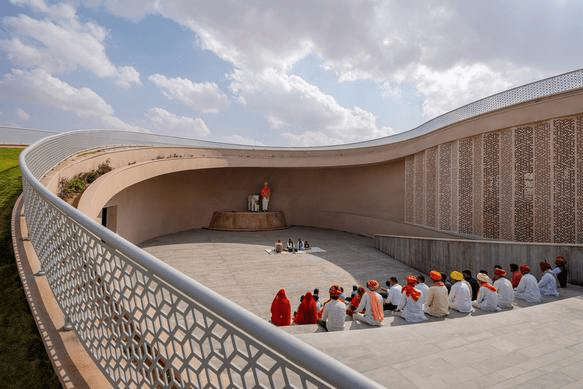
Image Source – E-Architect
Nokha Village Community Centre promotes the traditional Indian lifestyle. It has large courtyards and stages where villagers can share their opinions, stories, and recipes. Currently, nearby villages use this space to conduct important discussions and meetings.
This amphitheatre might be inspired by the ruins of the Indus Valley Civilization, the Pillared Hall of Mohenjo-Daro, which could host hundreds of people for community gatherings. Halls like this have been a part of Indian culture for centuries as they help connect families, creating communal harmony in times of need.
With an area of more than 27,000 square feet, Nokha Village Community Centre is similar to the Amber Fort and Umaid Bhawan Palace of Rajasthan. In the past, the courtyards of these palaces were also used to host events and matches in front of all the villagers. Modern apartment complexes and villas have taken away this privilege.
Redefining Sustainability in a Single Roof

Image Source – Vogue India
The Nokha Village Community Centre has again proved that a massive area and modern technology are not the only options for creating a sustainable and eco-friendly space. With a simple green roof beam divided into two separate slopes, the architect of this building was able to create a unique and appealing monument. However, the main goal of the feature is to promote eco-friendly and sustainable building structures while providing a fantastic view of the nearby villages.
This roof also serves as an additional space for holding events, which is Sanjay Puri Architects’ key trademark feature. It follows the structure of Prestige University’s campus, providing rooftop courtyards accessible via easily climbable slopes.
A prime example is the Amer Fort of Jaipur, which has green sloping gardens on each side of its four levels.
Ladies and Children First!

Image Source – E-Architect
The Nokha Village Community Centre is not just one of the billion pre-existing historical centres that will disappear over time. It will serve as a library and a museum, standing firm in supporting child education.
The nearby villages of Bikaner rarely have well-equipped schools, let alone libraries. The students of the area have to pay a toll for this by sacrificing their education and remaining unfamiliar with multiple career choices in their lives. To save the brightest minds and the community’s future, this architectural marvel aims to eradicate illiteracy, especially for girls, giving hope to the younger generations. This ambitious building has started a revolution by constructing a digital library with skilled staff, a quiet studying area and thousands of books.
Inspired by the Madurai Old Library’s Daniel Poor Memorial, the space uses natural light and sandstone screening. This protects students from desert heat while ensuring a strong connection between the indoors and the outdoors.
Walls That Tell Stories

Image Source – Vogue India
Ultimately, the Nokha Village Community Centre is a conversation starter on important community topics, such as education, girls’ safety, and cultural heritage protection. It provides a sense of community uplifting and promotes local artists. Most of the raw materials, such as sandstone, screens, and wall stones, were acquired from nearby villages.
Sanjay Puri, the architect, has added changing rooms, washrooms, and a cafe on separate blocks on the left side of the monument to provide the villagers with the utmost facilities. This has been done to help villagers realise that this is their safe space created by the resources of their own land.
What Sand Whispered to the Stony Dreams

Image Source – E-Architect
The Nokha Village Community Centre is a prime example of how small changes can have a big impact. Once a foreign concept in Bikaner, this green building stands tall in the barren desert, signifying a change in the lives of village students. This success story may lead to more employment opportunities in the land, such as small convenience stores, homestays, and even hotels.
The building compares modern city life, where everyone wants personal space, to the greater need for a community in the villages. Its best quality is that it still has not forgotten its roots and does not aim to create a hyperbolic structure that oversells rural life. It highlights the simplicity of village folks and how easy it is to start a conversation on worldly topics like education with just a simple library.
















